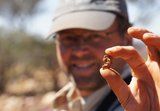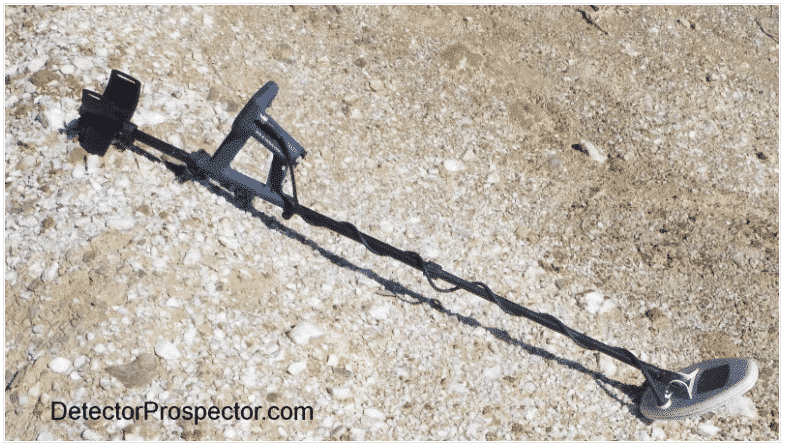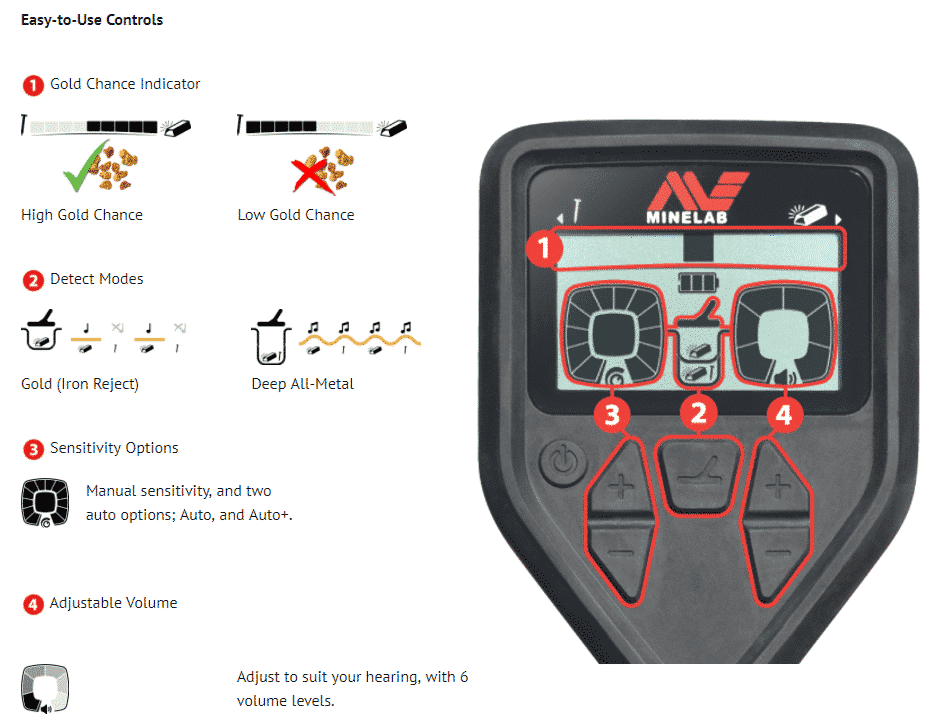Just_curious
Sr. Member
- Aug 27, 2017
- 332
- 273
- Detector(s) used
-
Minelab GM1000
White's GMZ
White's Spectrum XLT
- Primary Interest:
- All Treasure Hunting
Hey everybody, just out of curiosity, how are you guys metal detecting for small gold nuggets when there's an abundance of black sand? Dumb of me, I didn't do my research prior and ended up getting a Minelab gold Monster 1000, which had received all the hype. Sure it has a fancy display for ferrous and non-ferrous targets, and besides that just a sensitivity and volume. If I would have known better I would have gotten the Fisher gold-bug 2 or something with an adjustable ground balance and threshold instead of a silent Searcher that isn't adjustable to the ground. So if you're in my situation and have a silent searcher that you can't adjust ground balance for the given area, how have you been able to locate nuggets? What I find is the areas with blacks and will obviously give an iron signal, and if I try to put it on discriminate it'll constantly give a mixture of non ferrous and ferrous signals because of the soil and not because of gold. Even when I try to use the discrimination and auto tracking for the soil that I'm in, the detector will still go crazy between ferrous and non-ferrous. I'm just trying to figure out if any of you guys have figured out a solution to this. Also sorry if this reads strangely, I'm using talk to text
Sent from my SAMSUNG-SM-G891A using TreasureNet.com mobile app
Sent from my SAMSUNG-SM-G891A using TreasureNet.com mobile app
Upvote
0







